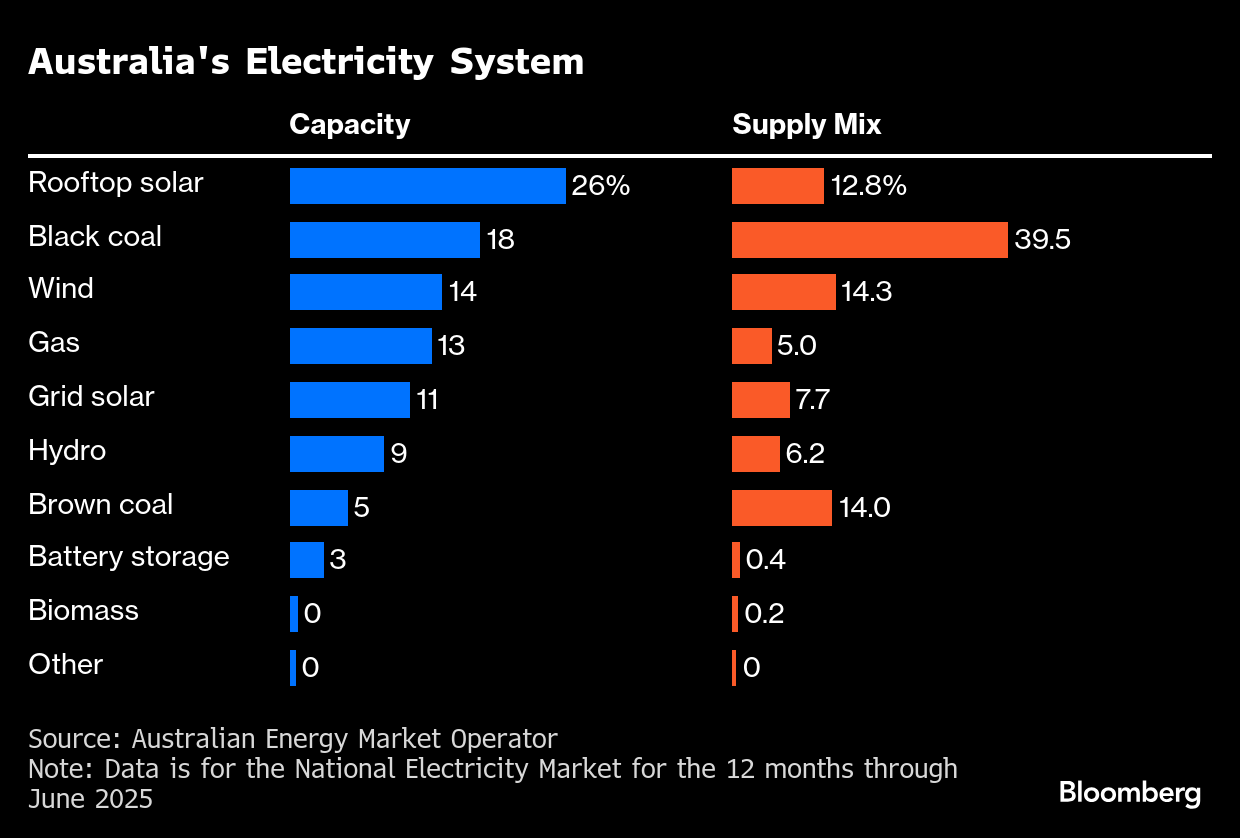Australia’s Flagship Renewable Project Stumbles on Rising Costs
(Bloomberg) -- Australia’s multibillion-dollar plan to turn its tallest mountain range into a giant pumped-hydro battery faces new roadblocks due to mounting costs and missed productivity targets.
Snowy Hydro 2.0 asked its main contractor, the Future Generation Joint Venture, to carry out a review of its construction costs, the company said in a statement on Friday. Slowing productivity, challenging geological conditions and supply chain issues have been some of the most significant pressures, it said.
With an initial outlay of A$2 billion ($1.3 billion), the project’s cost has since ballooned sixfold, and its completion has been delayed by about four years. It’s now 67% built and on track for commissioning in 2028, according to the statement.

Snowy 2.0, which once up and running will be able to store enough energy to power 3 million households for a week, is crucial to Australia’s ambition to reach net zero by 2050. The project is also central to Canberra’s pledge to cut greenhouse gas emissions within a range of 62% to 70% by 2035, from 2005 levels.
Chief Executive Officer Dennis Barnes said that while the need to revise the cost was disappointing, the critical importance of Snowy 2.0 for energy consumers had not changed.
“Snowy 2.0 will be a cornerstone of Australia’s transition to renewable energy, providing more than half of the long-duration storage the grid needs by 2050,” he said in the statement. The project is being built to operate for 150 years, he added.
The Future Generation Joint Venture includes Italian construction company Webuild SpA and subsidiaries Clough Ltd. and Lane Construction Co. Inc. Snowy 2.0 is wholly owned by the Australian government.
©2025 Bloomberg L.P.





